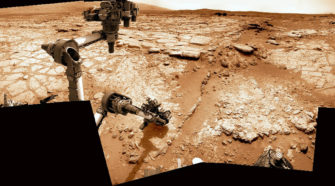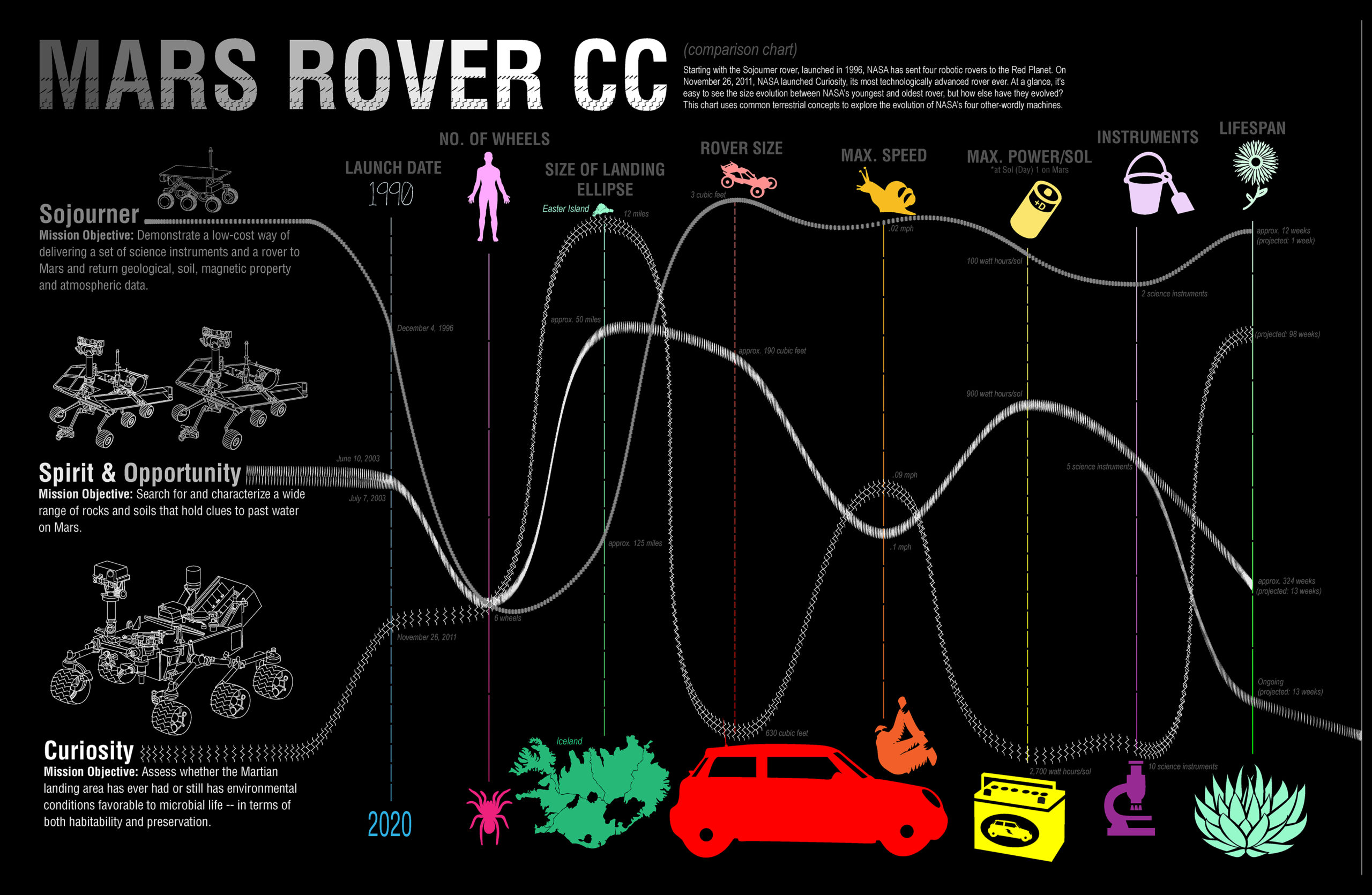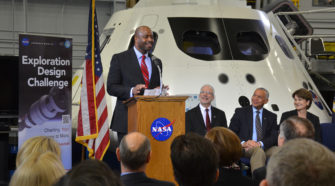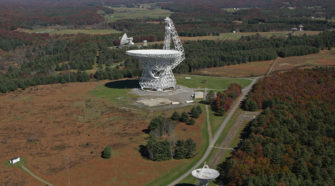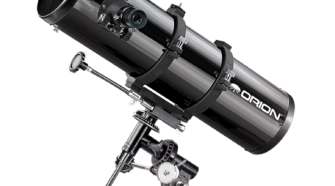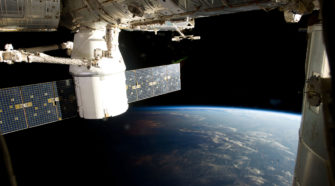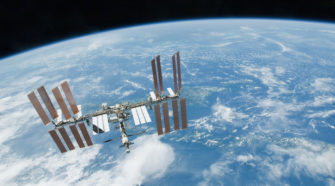Issue #2 (April 2013)
Curiosity discovers a habitable environment for life on Mars
As NASA’s Curiosity rover begins her eighth month exploring the Red Planet since the nail-biting touchdown inside Gale Crater on Aug. 5, 2012, she has made the most amazing finding thus far. After analyzing the first powder ever drilled from the interior of a Martian rock, Curiosity discovered key chemical ingredients necessary for life to have thrived on early Mars billions of years ago.
The little rover that could: Opportunity still making discoveries
Today, Opportunity celebrates a truly unfathomable achievement, entering Year 10 on Mars since she rolled to a bumpy stop on January 24, 2004. Now she’s at a super sweet spot for science loaded with clays and veined minerals and making the most remarkable findings yet about the planets watery past – building upon a long string of unthinkable discoveries due to her totally unforeseen longevity.
Columbia STS-1 Launch
April 12, 1981: Space Shuttle Columbia launched this day from the LC-39A pad at Kennedy Space Center in Florida. The STS-1 mission lasted just two days, circling the Earth 37 times, before landing at Edwards Air Force Base in California. Columbia carried a crew of two – mission commander John W. Young and pilot Robert …
Mars Rover Infographic
Starting with the Sojourner rover, launched in 1996, NASA has sent four robotic rovers to the Red Planet. On November 26, 2011, NASA launched Curiosity, its most technologically advanced rover ever. At a glance, it’s easy to see the size evolution between NASA’s youngest and oldest rover, but how else have they evolved? This chart …
Contest challenges students to design new radiation shield
NASA is challenging school-children to protect their future ride into space. The agency’s Exploration Design Challenge (EDC), announced March 11 during an event at the Johnson Space Center in Houston, engages U.S. students in kindergarten through high school in helping to solve the known problem of increased radiation exposure encountered on flights into deep space. …
Green Bank offers unique view to Dr. Lockman
Stargazing to discover secrets of the Milky Way Dr. Felix James (Jay) Lockman has spent the past two decades probing the origin of the Milky Way. He conducts his research from a rural area in West Virginia, a special place for radio astronomy that is unmatched anywhere else in the United States, using the Green …
Starting in astronomy: Buying your first telescope
A telescope is a spectacular scientific instrument that is accessible to people of all means and abilities and opens up the wonders of the Universe. Like all things technical it is a tool and you will only be able to use it with the correct training. Also, typically, there are a number of different types …
Orion The Hunter
The constellation Orion is an easily recognisable star grouping visible in the northern hemisphere in even the most light polluted skies. Orion is depicted in amy ways: as a hunter wielding a club and shield, brandishing a sword and shield, or clubbing a lion. These however are just visualisations interpreting a pattern in the stars. …
From zero to orbital velocity: Dragon delivers to ISS
I had an eagle-eye view as the Falcon 9 rose up from its launchpad, with Dragon leading the way through the cloud covered sky. It’s sound punched through the wind, letting out a low intense rumble as it headed for orbit, getting louder and louder with each second that passed. As the rocket rose higher, its sound started to fade, until it completely disappeared. The Falcon 9 had performed its job – and it was time for Dragon to commence its part of the mission. Soon it would meet up with the ISS for the delivery of supplies and experiments to the crew.
International Space Station at a glance
The International Space Station may look large in this picture, but it has come from humble beginnings. The very first module named Zayra was launched by the Russian Space Agency (Roscosmos), from the Baikonur Cosmodrome aboard a Russian Proton rocket in 1998. Following the placement of the first module in orbit, NASA launched the American …

